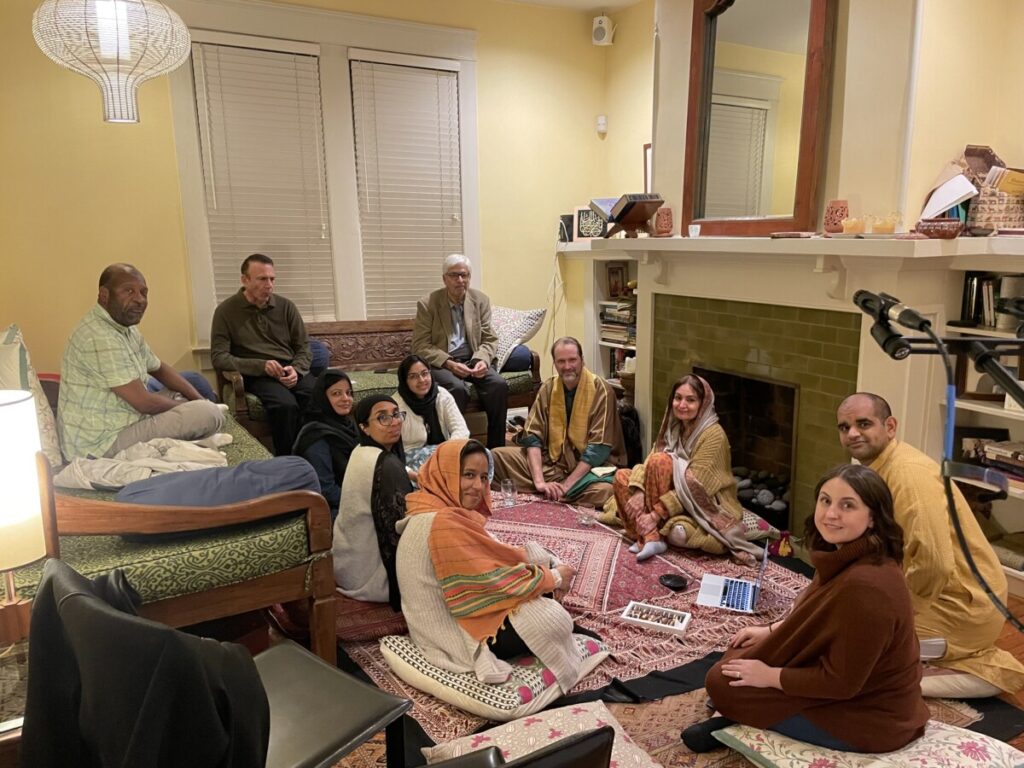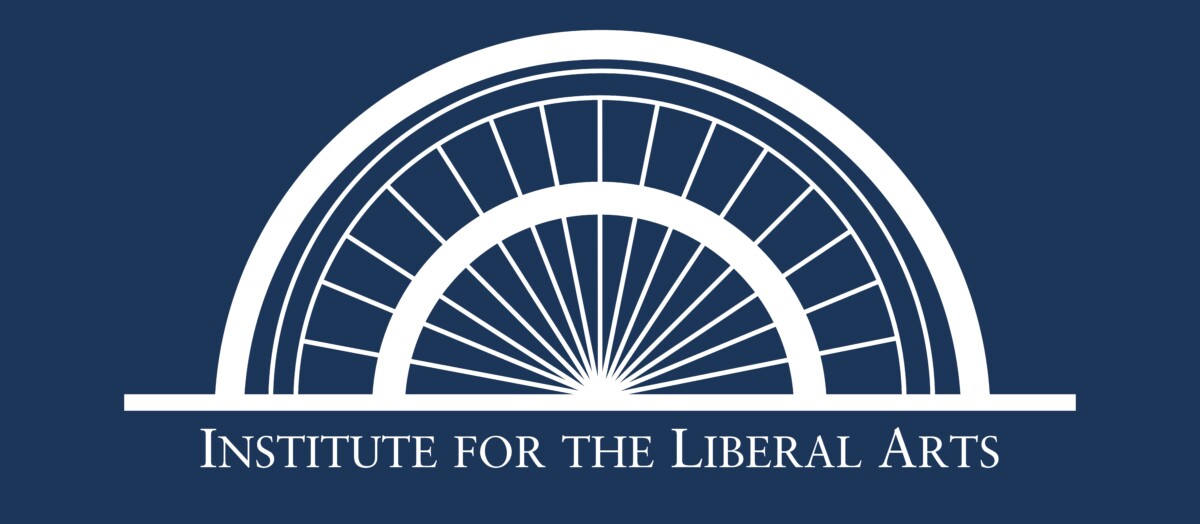I could never sit through Shabbat services as a kid. It wasn’t just that I was ADHD; I never much connected with what my Rabbi had to say. In his thick New York accent, he’d read and sing prayers and then deliver a sermon (usually some ramble on current events, football, and, somehow intertwined, Judaism). These experiences informed my pre-bar mitzvah relationship with religion. I was aware of spirituality, but in the traditional sense, I was not spiritual.
Music and the arts always made more sense to me, mediums that could translate feelings and emotions, bypass language and cultural barriers, and did not require the work and commitment of faith. Because I could never relate to the religiously obliged, I’ve spent most of my college experience trying to understand piety. For me, sound is a shortcut to spirituality. Sound, just vibrating molecules, can be fascinating, mesmerizing, and profoundly affecting, even without musicality. In studying religion, I’ve tried to use something I do understand, the physical and spiritual properties of sound, as a means to assess religious forces.
While I once dreaded sitting through services at my local synagogue, I’ve found myself once again attending religious rituals; however, with different intent, newfound curiosity, and looking beyond Judaism across faiths. No longer twiddling my thumbs, I now focus on the sounds and acoustic environments of specific rituals, using my music composition and sound engineering background to understand various dimensions of religious force.
My obsession with music frames the way I view the world. I’ve realized that when you study something so in depth (especially when it’s something you love) and all your effort is spent working on that thing, it starts informing how you interact with totally unrelated things and can be how you make sense of them. This can manifest on many levels and can be both technical and abstract. Me, I’ve noticed myself even employing music jargon when discussing non-musical subjects. As an analogy for music production – but also an example of my actual conception – here’s my framing of the writing process: sources are instruments, research is recording, outlining is arranging, theses are hooks, editing is mixing, proofreading is mastering, and the rough draft is the demo.
In my attempt to understand religious rituals, sound has framed, explained, and made me appreciate different religions and cultures. Silence in a synagogue can work like negative space in a song, centering one’s focus or presenting an opportunity for independent thought. The flow of a church service can work like the rhythm of a song. In a Sufi Zikr [pictured below], one voice can be like a violinist soloing, while a congregation can have the authority of an entire orchestra.
Metaphorically, characteristics like size, volume, and speed can all inform different aspects of religion. However, the sonic aesthetics of religious rituals can also contribute to understanding spiritual forces. As sound (or silence) functions in all religious rituals, if one works to listen, this can inspire a spiritual experience.

